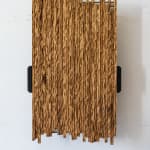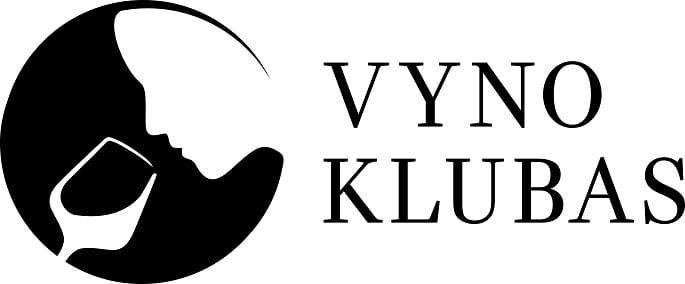Open a larger version of the following image in a popup:
 Photo by Jonas Balsevičius
Photo by Jonas Balsevičius
 Photo by Jonas Balsevičius
Photo by Jonas Balsevičius
Open a larger version of the following image in a popup:
 Photo by Jonas Balsevičius
Photo by Jonas Balsevičius
 Photo by Jonas Balsevičius
Photo by Jonas Balsevičius
Open a larger version of the following image in a popup:
 Photo by Jonas Balsevičius
Photo by Jonas Balsevičius
 Photo by Jonas Balsevičius
Photo by Jonas Balsevičius
Open a larger version of the following image in a popup:
 Photo by Jonas Balsevičius
Photo by Jonas Balsevičius
 Photo by Jonas Balsevičius
Photo by Jonas Balsevičius
Open a larger version of the following image in a popup:
 Photo by Jonas Balsevičius
Photo by Jonas Balsevičius
 Photo by Jonas Balsevičius
Photo by Jonas Balsevičius
Open a larger version of the following image in a popup:
 Photo by Jonas Balsevičius
Photo by Jonas Balsevičius
 Photo by Jonas Balsevičius
Photo by Jonas Balsevičius
Vytautas Gečas Lithuanian, b. 1987
Apsalo širdis / Grow sweet, 2025
Ąžuolo mediena, juodas MDF / Oak wood, black MDF
100 x 60 x 25 cm
Further images
“Ornament as Crime” is a provocative manifesto of modernism that became a foundational design principle. The pursuit of aesthetic and structural purity dictated a new design language: stripped of excess,...
“Ornament as Crime” is a provocative manifesto of modernism that became a foundational design principle. The pursuit of aesthetic and structural purity dictated a new design language: stripped of excess, free of decoration, focused on function and formal clarity. Ornament was rejected as superfluous, impractical – like an aesthetic appendix that needed to be removed. This shift not only shaped modern design expression but also reduced its elitism, making it more accessible. Yet today, in an age of excess, ornament ironically returns.
Ornament can be understood not only as an aesthetic gesture or a symbol of excess but also as an object’s attempt to survive. It is a kind of self-preservation instinct – a desire to be noticed, to stand out, to avoid falling into oblivion. When form becomes too rational, when design turns faceless, ornament becomes a voice – a cry from obscurity. It reminds us that objects, like people, want to be meaningful. Decoration becomes a defense against disappearance, against the dictatorship of function. The ornamented object seems to say: “I exist. I have value.” Today, when minimalism often signifies silence, ornament begins to pulse once again as a sign of life. Not just proof of beauty, but proof of being. Like a scar that speaks of survival.
Ornament can be understood not only as an aesthetic gesture or a symbol of excess but also as an object’s attempt to survive. It is a kind of self-preservation instinct – a desire to be noticed, to stand out, to avoid falling into oblivion. When form becomes too rational, when design turns faceless, ornament becomes a voice – a cry from obscurity. It reminds us that objects, like people, want to be meaningful. Decoration becomes a defense against disappearance, against the dictatorship of function. The ornamented object seems to say: “I exist. I have value.” Today, when minimalism often signifies silence, ornament begins to pulse once again as a sign of life. Not just proof of beauty, but proof of being. Like a scar that speaks of survival.








